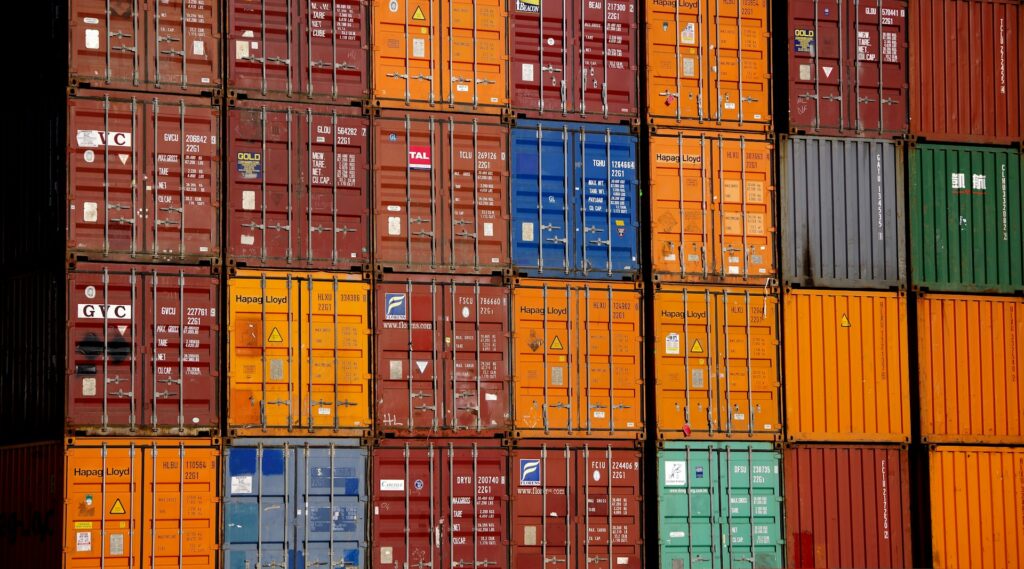The Bank for International Settlements (BIS) is projecting a downward spike in U.S. inflation due to tariffs.
In the United States, price increases have not yet peaked. Broad-based tariffs are expected to generate a sharp increase in the general price level over the next few months. However, analysts anticipate a turnaround in 2026. The reason: weakness in the local economy will begin to dampen inflationary pressure.
U.S. inflation due to tariffs
The BIS is an international body that functions as the bank of central banks. It was founded in 1930 and is headquartered in Basel, Switzerland.
From this bank’s perspective, global growth is losing strength. The consensus has been revised downward after considering the direct and indirect effects of the U.S.-driven trade war. It is now estimated that world GDP will grow 2.7% in 2025. By 2026, the upturn would be slight.
These figures are less optimistic than at the beginning of 2025. The adjustment represents a reduction of about a quarter of a percentage point. The steepest declines are seen in North America and East Asia.
During his second term, Donald Trump imposed drastic tariffs: up to 145% on Chinese products; 50% on steel, aluminum and copper; 25% on automobiles and auto parts; and a universal 10% tariff on almost all imports, extended to all countries.
In mid-May 2025, the United States and China announced a truce in their trade war. Both governments agreed to reduce tariffs and open a 90-day negotiating window. The goal: defuse tensions and seek a broader agreement.
As part of the pact, the United States lowered its tariffs on Chinese imports. The tariff went from 145% to 30%. In turn, China reduced its tariffs from 125% to 10%.
Economic effects
The United States has not escaped the downturn in world economic growth. Its growth was adjusted downward by approximately one percentage point compared to previous projections. Mexico and Canada also suffered similar revisions, partly because of their trade dependence on the U.S. market.
In other regions, the near-term outlook is also losing steam. The new projections for GDP growth are weaker than those at the beginning of the year.
In the rest of the world, the inflationary effect of the US tariffs is expected to be moderate. Everything will depend on how economies react: trade retaliation, changes in trade flows and exchange rate movements will play a key role.

